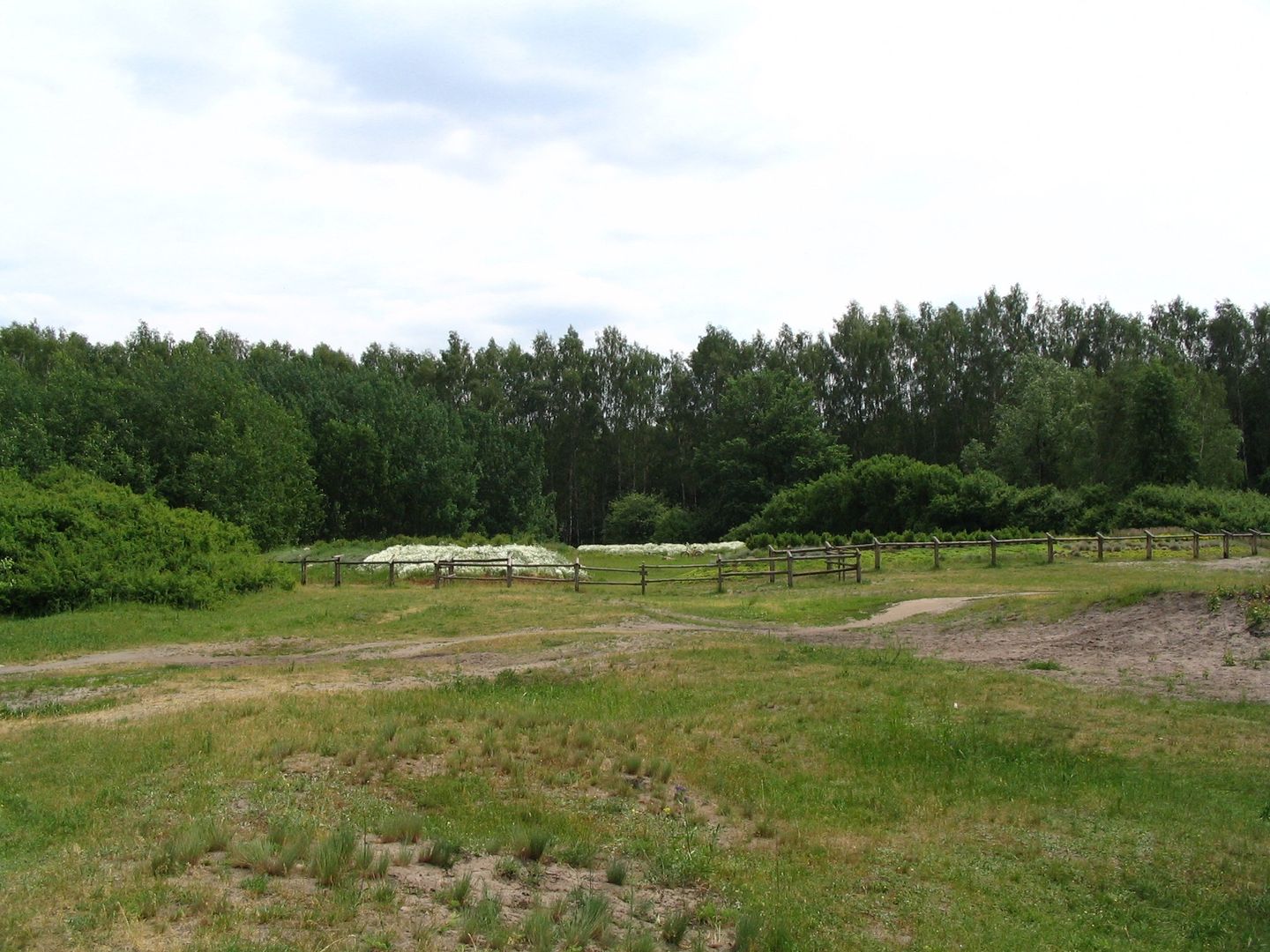Bródno-Podgrodzie
6.37

Overview
Bródno-Podgrodzie is an area in the Targówek district of Warsaw, largely built up with residential blocks from the 1970s. It is located on the site of the former village of Bródno Stare, with the name Bródno-Podgrodzie coined in the 19th century, alluding to medieval settlements. Within this area lies the Bródno Forest, communist-era housing estates such as Osiedle Ustronie, and modern gated complexes like Tivoli. The boundaries of Bródno-Podgrodzie are marked by Radzymińska, Bystra, Kondratowicza, Chodecka, and Krasnobrodzka streets, as well as the Toruńska Route and the eastern border of Warsaw.
A significant historical feature of Bródno is the existence of a 9th-century fortified settlement, the remains of which were discovered in the Bródno Forest. Protected by wooden-earth ramparts, this stronghold served as a local center where inhabitants engaged in agriculture, crafts, and trade with other regions. In the 15th century, Bródno held the status of a royal village, and over the following centuries, it experienced various historical upheavals, including destruction during wars.
After the latter half of the 19th century and the development of railway infrastructure, Bródno began to grow rapidly. In 1951, the area was incorporated into Warsaw, and from the 1960s onward, mass construction of housing estates took place. Today, Bródno is known for Warsaw's largest cemetery, the Bródno Cemetery, and the last State Agricultural Farm. Another interesting landmark is the Monument to the "Miracle on the Vistula," funded by residents in 1925 and reconstructed in 1995.
Bródno-Podgrodzie combines rich history, cultural resources, and architectural diversity, making it a fascinating area of vibrant Warsaw with a multifaceted heritage.
Location
Tickets
Powered by GetYourGuide
2025 Wizytor | All Rights Reserved